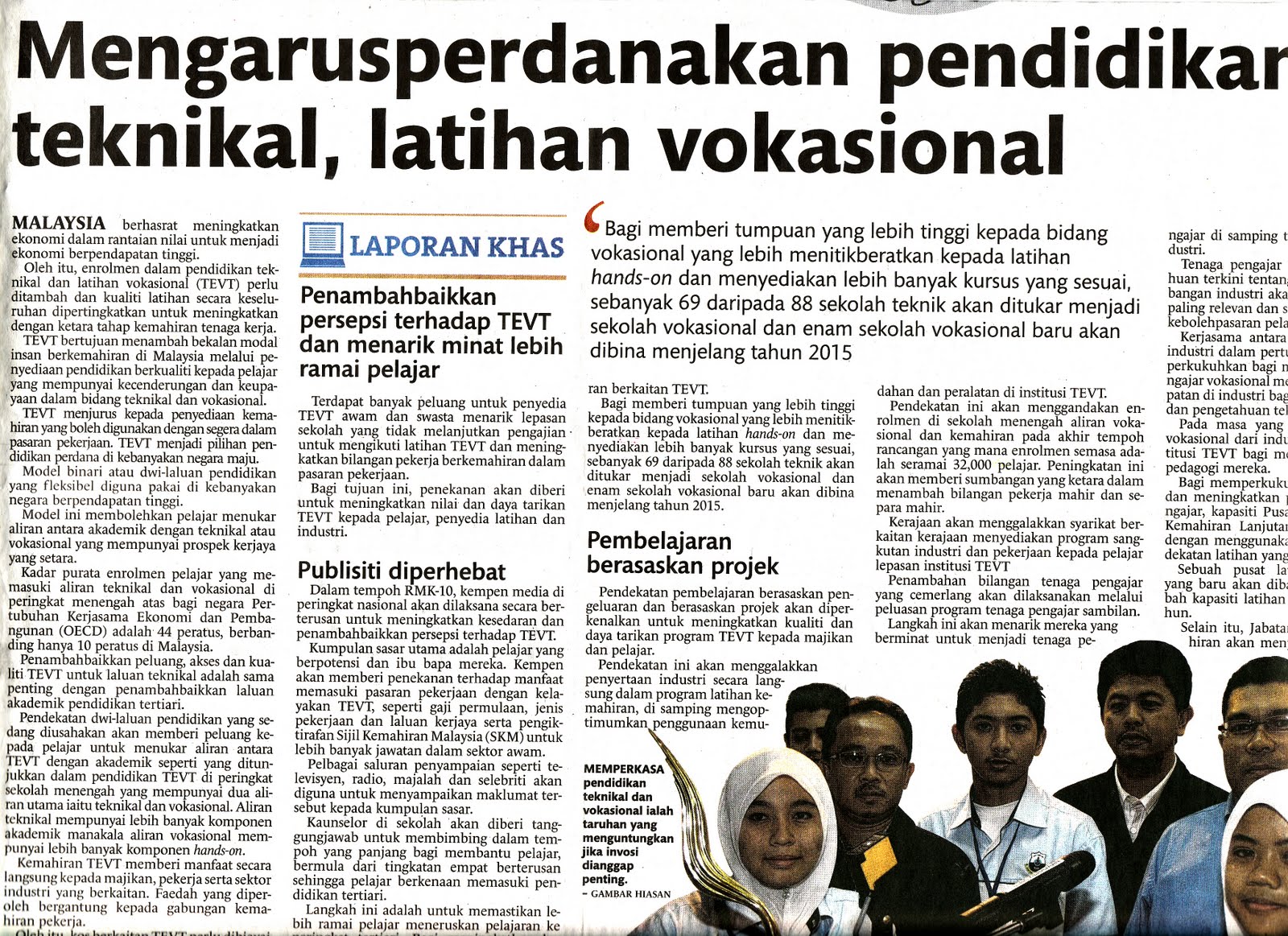The pen drive virus is a type of Trojan horse that infects a computer
via a "pen," flash or other removable drive. These Trojans typically
create multiple files on the infected hard drive that are stored within
legitimate files and folder names. In addition, files will begin to
randomly appear and disappear for no apparent reason. The following
steps will assist in the detection, removal and prevention of the pen
drive virus.
Instructions
1. Insert your pen drive into one of the available USB outlets on your
computer. If a program dialog box displays, select "cancel." Do not
double-click on the drive icon to open the drive.
2. Double-click on the "My Computer" icon on the desktop.
Select "Tools," "Folder Options" and "View" from the menu bar. Make sure
that the radio button next to "Show hidden files and folders" is
selected. Uncheck the box next to "Hide extensions for known files."
Uncheck the box for "Hide protected operating system files
(Recommended)." If a warning message displays, click "OK." Click "Apply"
and "OK" to save all changes.
3. Verify the drive letter that represents your USB or pen drive. For
example, if the drive displays as Kingston (M:), the drive letter would
be "M".
4. Click on "Start," "Run"; type "cmd" and press "Enter" to open the command prompt window.
5. Type the drive letter, for example, "M" followed by a colon (":"), and
press "Enter" at the command prompt to open the root directory of the
drive.
6. Type "dir/w/o/a/p" and press "Enter" to display a list of files and
folders present on the flash drive. Note the existence of any of the
following in particular:
Autorun.inf
New Folder.exe
Bha.vbs
Iexplore.vbs
Info.exe
New_Folder.exe
Ravmon.exe
RVHost.exe
svchost.exe
Heap41a
Any miscellaneous file name with an .exe extension
Any unfamiliar files
7. Unprotect the files to enable deletion. From the command prompt, type "attrib -h -r -s autorun.inf" and press "Enter."
8. Repeat Step 7 for each of the files identified in Step 6.
9. Delete each of the files that have been unprotected by typing "del",
pressing the space bar and typing the file name, for example, "del
autorun.inf".
10. Type "exit" and press "Enter" to return to the Windows operating system. Your USB flash drive is now virus free.








No comments:
Post a Comment